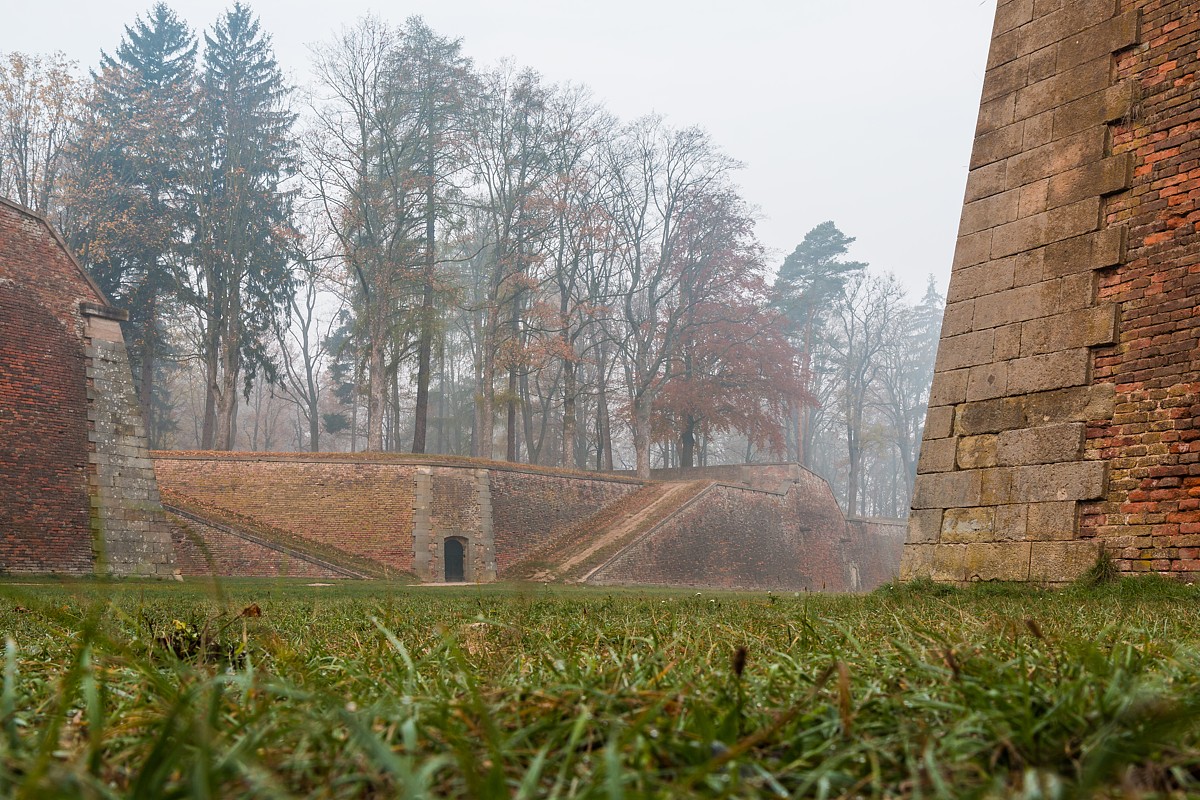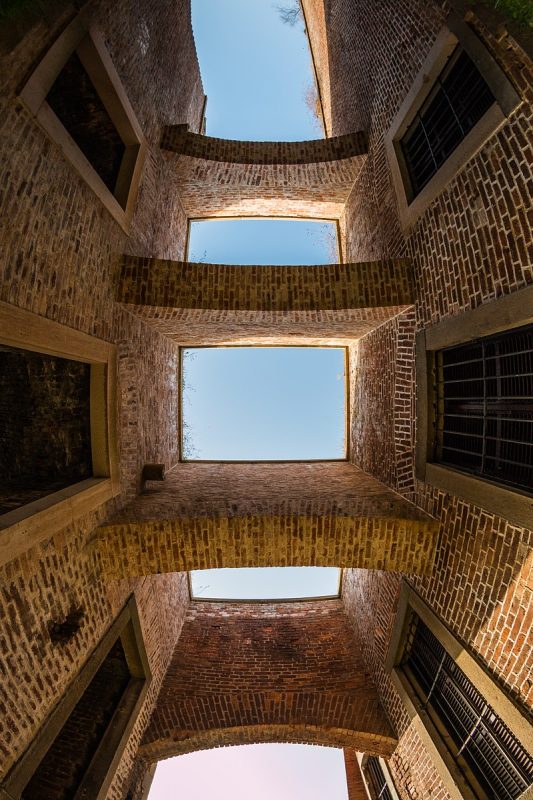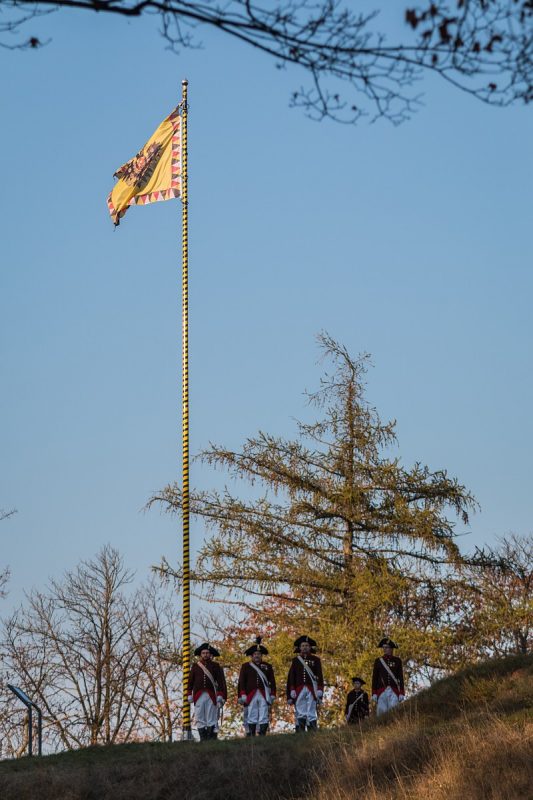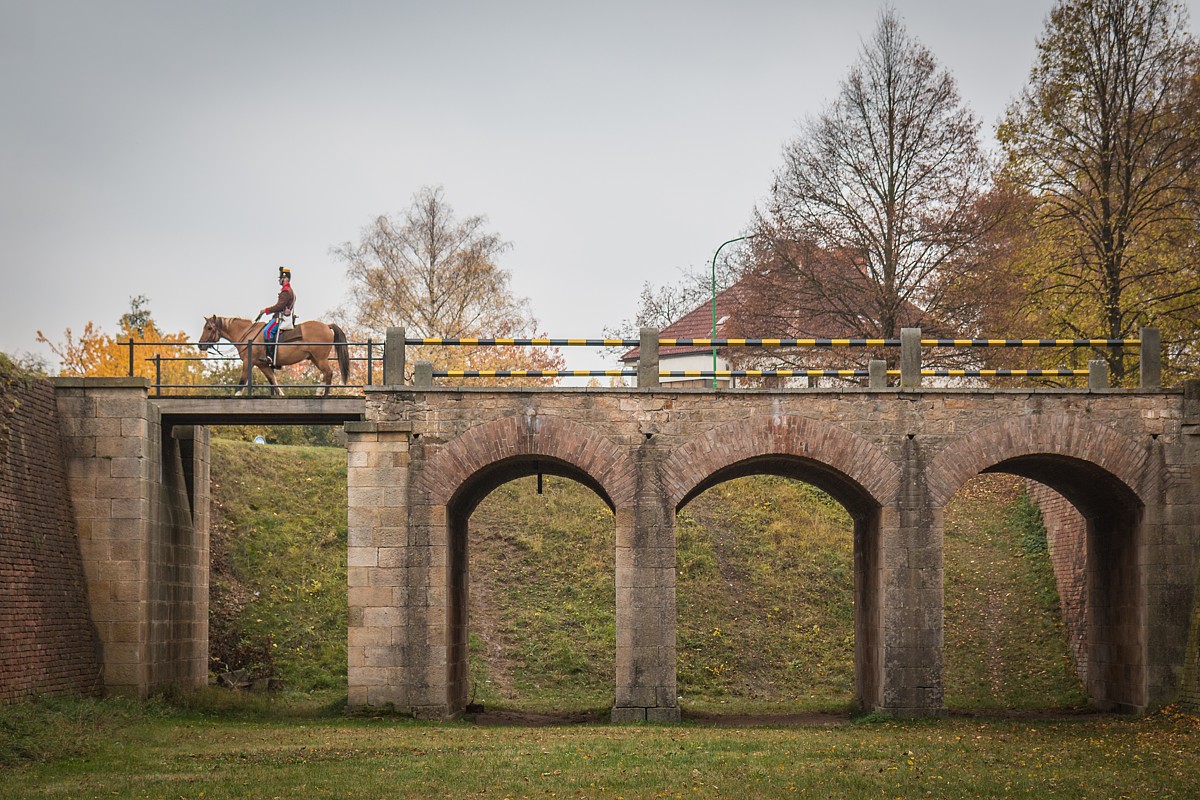Why Was the Ideal Fortified City Established?
Conflicts have always accompanied humanity; even the local landscape has not escaped them. Not even Emperor Charles VI., who tried to prevent the conquering plans of the surrounding rulers during his lifetime, did not prevent this. He knew that not leaving a male successor after his death would cause many extensive problems. He secured inheritance rights to his oldest daughter (four years before she was born) in a document called Pragmatic Sanction (1713).
This document guaranteed both the indivisibility of the Habsburg monarchy and, in the event of the death of the male line, the succession of the female branch of the family.
King Frederick II of Prussia at first recognized the Pragmatic sanction, but soon after the death of Charles VI,
he questioned Maria Theresa’s claim to the throne. He saw her succession as an opportunity to claim a piece of the Habsbourg
territory – rich, populous, and strategically advantageous Silesia.
The gain of Silesia was a necessary prerequisite for his further enemy conquests.
Although Maria Theresa defended her rights at the time, during the Silesian Wars (1740-1745),
she lost Upper Silesia and Kladsko to the Prussian enemy.
Lost Silesian fortresses had provided a base for the Austrian army and thus protected the lives of our ancestors. The Prussian incursions continued into Bohemia and forced Maria Theresa to think about how to prevent enemy activities from harming the Czech population (requisitioning of food, livestock, burning of houses). The borders of the monarchy moved south and needed to be fortified.
The construction of Josefov was preceded by political arguments about the location of the brand new and expensive defense system. Initially, the site at Jaroměř was not the first choice. Firstly the government decided to modernize the fortified cities Hradec Králové and Olomouc. However, the experience of the Seven Years’ War (1756-1763) and the “Potato” War of the Bavarian Succession (1778-1779) finally confirmed that Hradec Králové and Olomouc were too far away from the borders to prevent Prussia and its allies from developing offensive operations and plundering the borderlands.
Another reason that apparently contributed to the final decision to build a new defense system right here, near Jaroměř, was the functionality of the so-called Lacy walls against enemy campaigns. From the fortress of Hradec Králové towards the Krkonoše mountains, the right bank of the Elbe was secured with massive field fortifications.
Key Moments of the Fortress’ History
Based on the decision of Joseph II. about the construction of a new fortress in 1780, the Imperial Chamber bought the village of Pless and its surrounding area, located on a strategically important hill above the Metuje river, from the owner, Prince Jan Václav of Paar. The area’s inhabitants were moved out so that, according to the proposal of the French civil engineer and field sub-marshal Claude Benoît Duhamel de Querlond, an ideal fortified city could be built under strict secrecy.
The foundation stone of the fortress was laid on October 3, 1780. After seven years of construction, the fortification complex was handed over to the regional military commander in Bohemia and was ready to be sieged. But even then, the construction processes did not stop. Work continued on the underground system, the Brdce fort, gunpowder magazines, and city wells. According to the Settlement patent, a civil part of the city could expand. For example, the Church of the Ascension was built between 1805 and 1811, and the town received a new town hall only in 1884. In 1793, the city was renamed after the emperor Josef II. from the original name “Pless.”

During the Napoleonic Wars, the fortress was repeatedly put on alert, but in the end, it was used only as a prison for captured French soldiers. In 1866, Josefov was closest to conquest in its entire history. Prussian troops invaded our territory again and continued south. However, the attackers bypassed the defense complex so that the fortress could not threaten them in any way. Josefov maintained its status as a fortress until 1888, but even after its abolition, a military garrison was still stationed here. The three fortress gates were demolished at the turn of the 19th and 20th centuries. The townspeople hoped that by demolishing the outer walls, the city would see a boom in industry and trade, just as happened in the Hradec Králové fortified city. In the end, however, most of the elements were preserved for future generations.
The First World War emphasized the city’s multinational character even more. During the war, a large prisoner-of-war camp was created behind the walls for Russian soldiers captured on the Eastern Front. At that time, a new part of the military cemetery was established. In World War II, the Wehrmacht used some of the buildings. In 1948, Josefov became part of the city Jaroměř, and in 1971 it became an urban conservation zone. The fortified city was damaged by the Soviet occupation of Czechoslovakia (1968-1991). In Bastion No. I, where is nowadays the enter to the underground sightseeing route, the Soviet occupants established a car park in 1968 and rebuilt historical casemates to garage ambulances.


 Čeština
Čeština polski
polski

